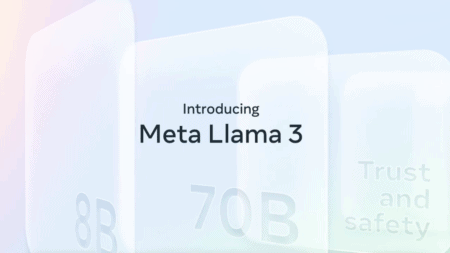Microsoft has unwittingly unleashed a challenger to the Millennium Bug into the wild. The Outlook bug sends users back to the twentieth century if they search for dates after December 31, 2029.
The Millennium Bug was a flaw in software architecture that resulted in two-digit date fields being unable to accept dates after the end of 1999. Early hackers exploited the oversight to conserve memory, never expecting their inventions to live so long.
The campaign to repair the flaw — which grew into a craze worthy of its own logo in the UK — was either an inflated hoax to put more money into the IT sector or a strategic exercise in mitigating risk, depending on who you ask. Though Microsoft’s new Outlook bug is nothing like that, it is a little humiliating for the tech giant.
In a LinkedIn post, a veteran security professional identified the issue and disclosed it to the rest of the world. The Register recreated the bug on a desktop-bound Outlook program (Office 365) tied to an internet account, showing that the flaw exists as described.
The flaw
In summary, utilizing the date field [Ctrl + G] and abridging the year will prevent users from navigating to dates after December 31, 2029. If they enter 01/01/30, Outlook transports them to 1930, a time when the global economy went through significant upheaval and fascism was on the rise.
Keen users may put this to the test with a command: enter 31/12/29, and you will arrive in the future to experience floating skateboards and meals in the form of pills. The application works as expected when users enter the date in full. Using the GUI and selecting an entry after 2030 works as well.
Tip: Microsoft plans controversial change of Outlook web interface



















